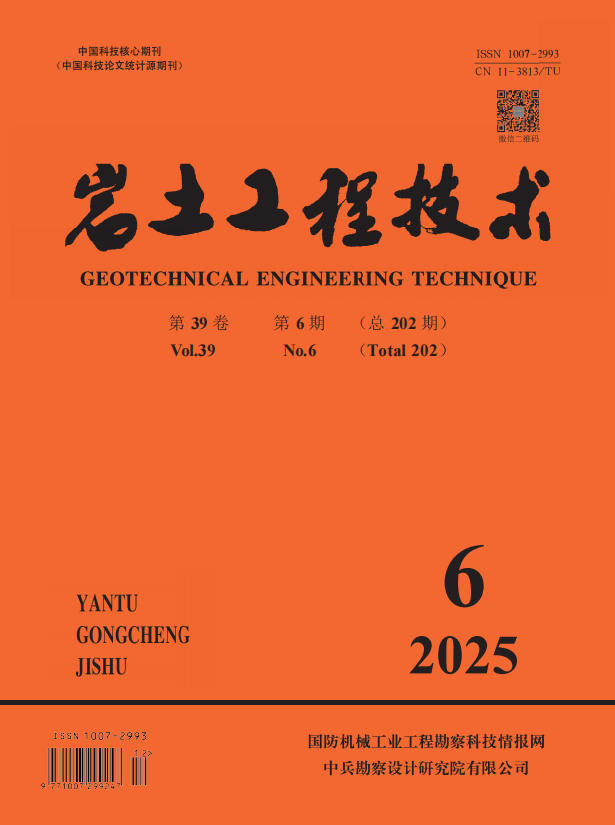Abstract:
Gravel stratum has low compressibility and high shear strength. There are some technical problems in the application of cement soil mixing pile method in gravel stratum. The application of cement soil mixing pile in gravel stratum was summarized, and the technical difficulties and main improvement measures of cement soil mixing pile in gravel stratum were also discussed. The action mechanism, applicability, advantages and disadvantages of each improvement method were analyzed. During the process of cement soil mixing pile crossing gravel stratum, there are technical problems such as low construction efficiency, large wear of drilling tools and difficult control of construction quality. At present, there are successful cases of cement soil mixing pile applied to gravel stratum. The main improved processes can be divided into three types, including drilling, mixing and slag discharge, which can be subdivided into improving the power of power machine head, controlling the bit weight and speed, improving the strength of drilling tool materials, improving the structural form of bit and mixing blade, and using soil modifier. If necessary, pilot hole replacement and impact crushing can be introduced to assist the construction. However, in the successful cases, the particle size and thickness of gravel stratum are small, generally no more than 150 mm in particle size, and there is no systematic matching method between gravel stratum characteristics and mechanical equipment technical parameters. The research on the interaction mechanism between mixing pile equipment and gravel stratum needs to be deepened.



